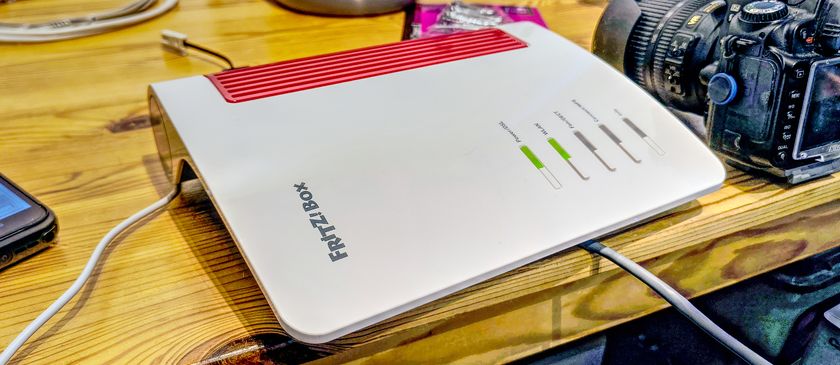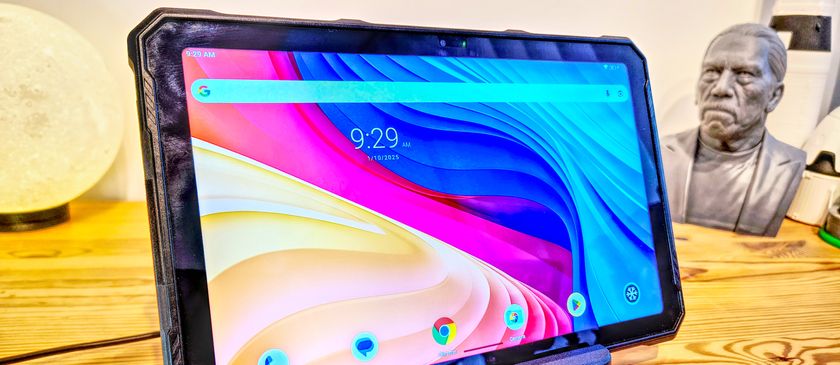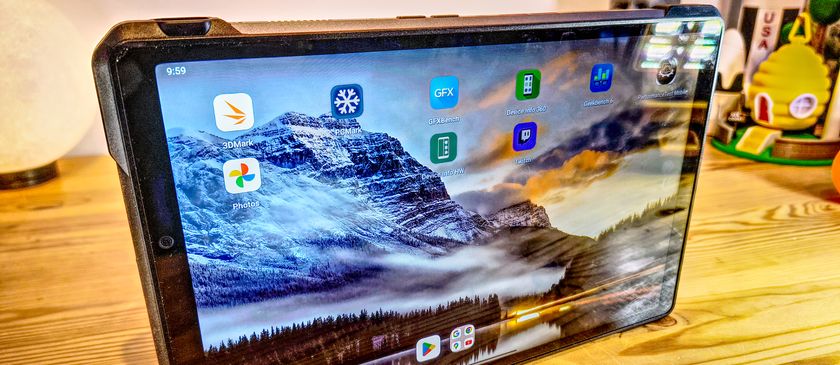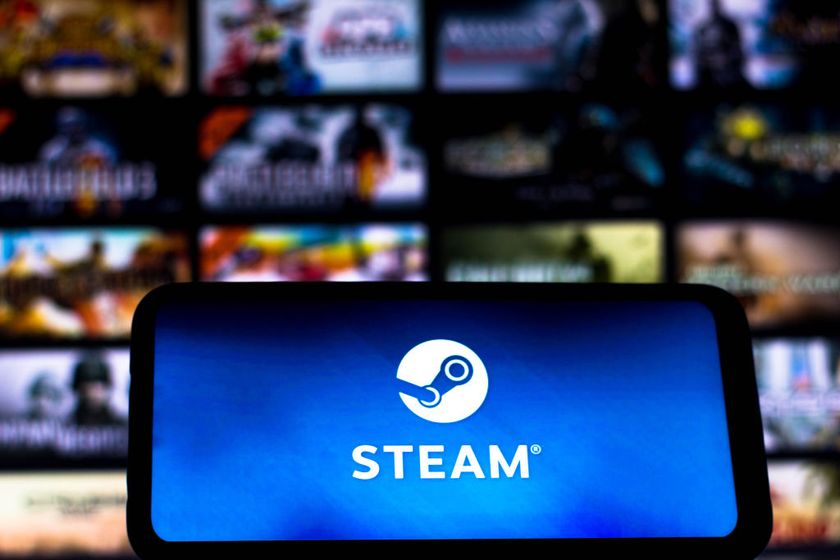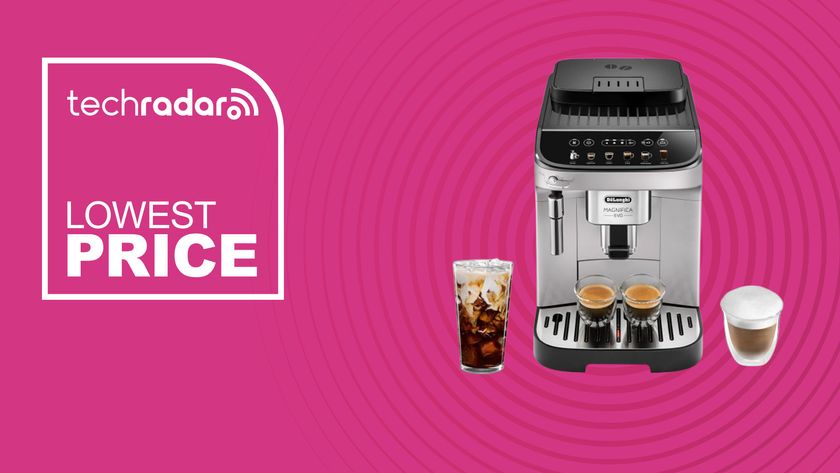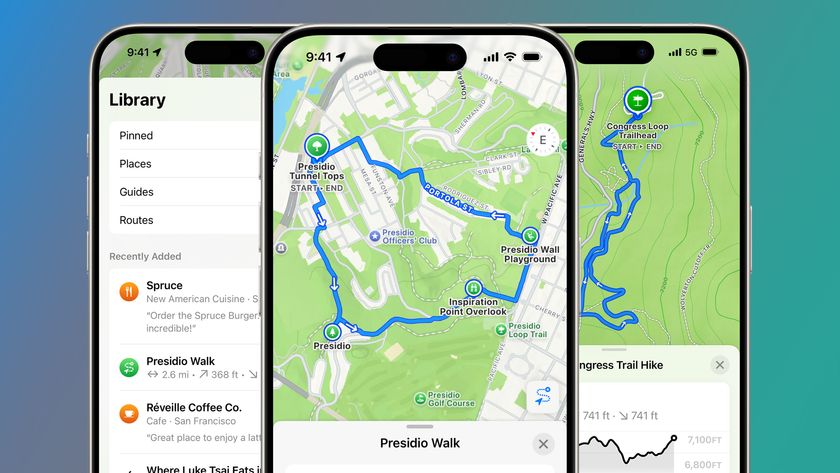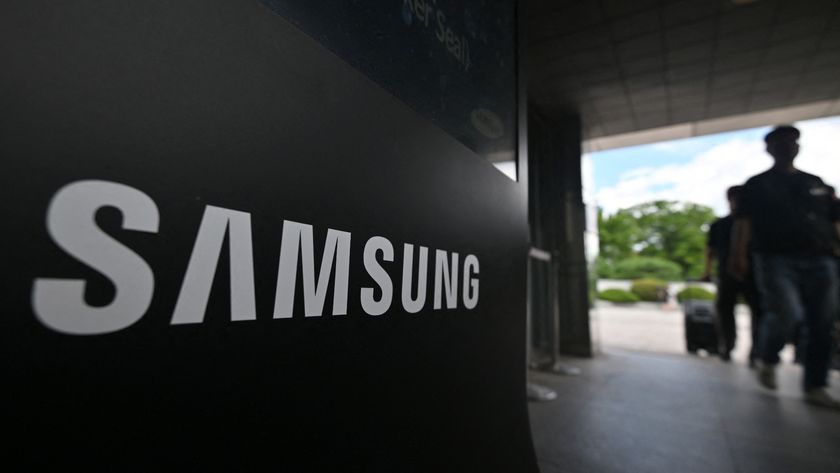Capitalizing on opportunities presented by the Internet of Things
How connected devices can work for us
The Internet of Things (IoT) is literally and figuratively everywhere. It is almost impossible to avoid this topic in technology circles – whether from industry research, blogs or company white papers, and expectations are high. Between now and 2022, Cisco estimates that IoT will drive economic value (increased revenues and reduced costs) of $14.4 trillion.
While the amount of noise created on this topic is loud and increasing, the topic itself is not brand new. Industrial and Consumer applications that broadly fit under the IoT banner have been around for several years, but the use-cases are evolving and growing.
What is it?
The Internet of Things is the next generation of computing, whereby physical objects interact automatically with each other, with their environment, and with broader analytics and control platforms. It is the combination of distributed information processing, pervasive wireless networking and automatic identification, deployed inexpensively and widely that promises to create significant end user value. The core technology elements of an IoT stack are:
- Sensors and actuators that measure and control systems and equipment
- Communication networks to transport the data
- Data analytics to store and analyze the vast amounts of data
- Decision support systems that are software applications to help take action
Why is this happening now?
There are a number of reasons that together form a perfect storm allowing IoT to really take off:
- Sensors and actuators are cheaper, smaller, and more powerful making more computing power available on a distributed basis than ever before
- Wireless connectivity is becoming pervasive. Cellular networks cover ever more of the land mass, wifi is nearly ubiquitous, and lower-power technologies like Bluetooth are becoming the norm in all kinds of products
- Big Data platforms to take in, understand and federate data, and inform and interact with users are becoming smarter and more powerful
- Proof points of economic value delivered by IoT applications are emerging from the field, encouraging further adoption and deployment of IoT
- Increasing interest in and understanding by the technology community (and their investors) of IoT
What should I be thinking about?
It is imperative for technology executives to understand the value of IoT from two perspectives: monetization and revenue growth opportunities offered by IoT (external focus), and efficiency gains of their supply chains and distribution channels (internal focus).
To help frame the value creation opportunities offered by IoT, a use case driven approach is necessary to deeply understand and size the value creation opportunities. Waterstone's analysis of 40 IoT use cases across a handful of industries indicates that current IoT deployments are concentrated in three solution areas: Monitoring & Assessment, Decision Support and Connected Platforms.
Summary
Building an Internet of Things roadmap for a technology business with little prior knowledge will feel like a daunting task given the apparent unknowns. But given the perfect storm of conditions to drive momentum, the real and valuable emerging use cases, and the broad applicability across a huge variety of industry verticals, it makes sense to begin thinking – and acting – upon it sooner rather than later.
Are you a pro? Subscribe to our newsletter
Sign up to the TechRadar Pro newsletter to get all the top news, opinion, features and guidance your business needs to succeed!
- Bill Bien is a Partner at Waterstone Management Group. Hubert Selvanathan is a Principal at Waterstone Management Group.



